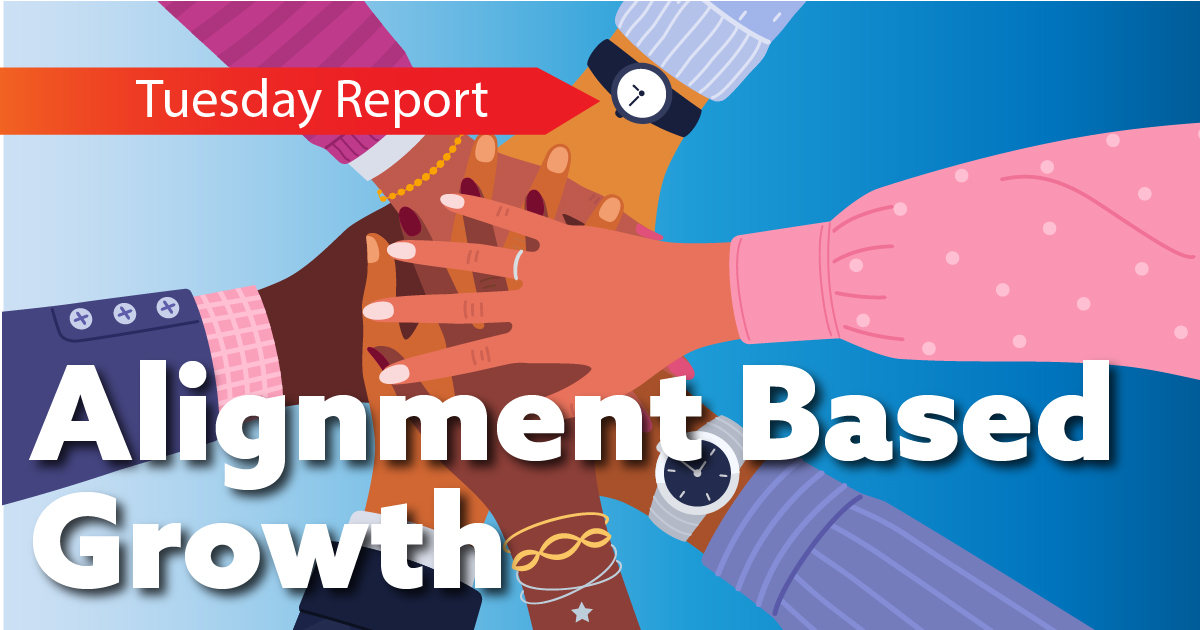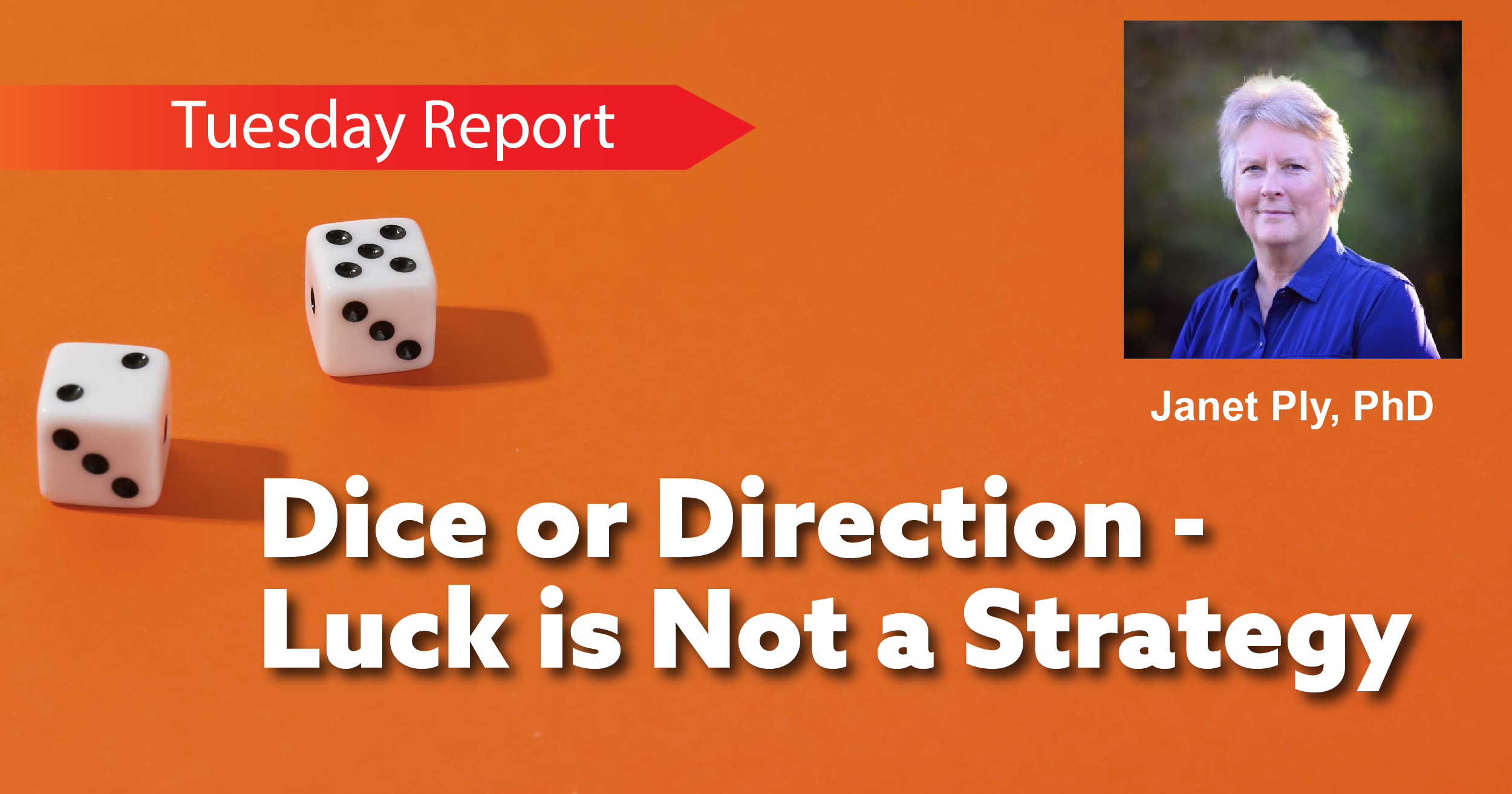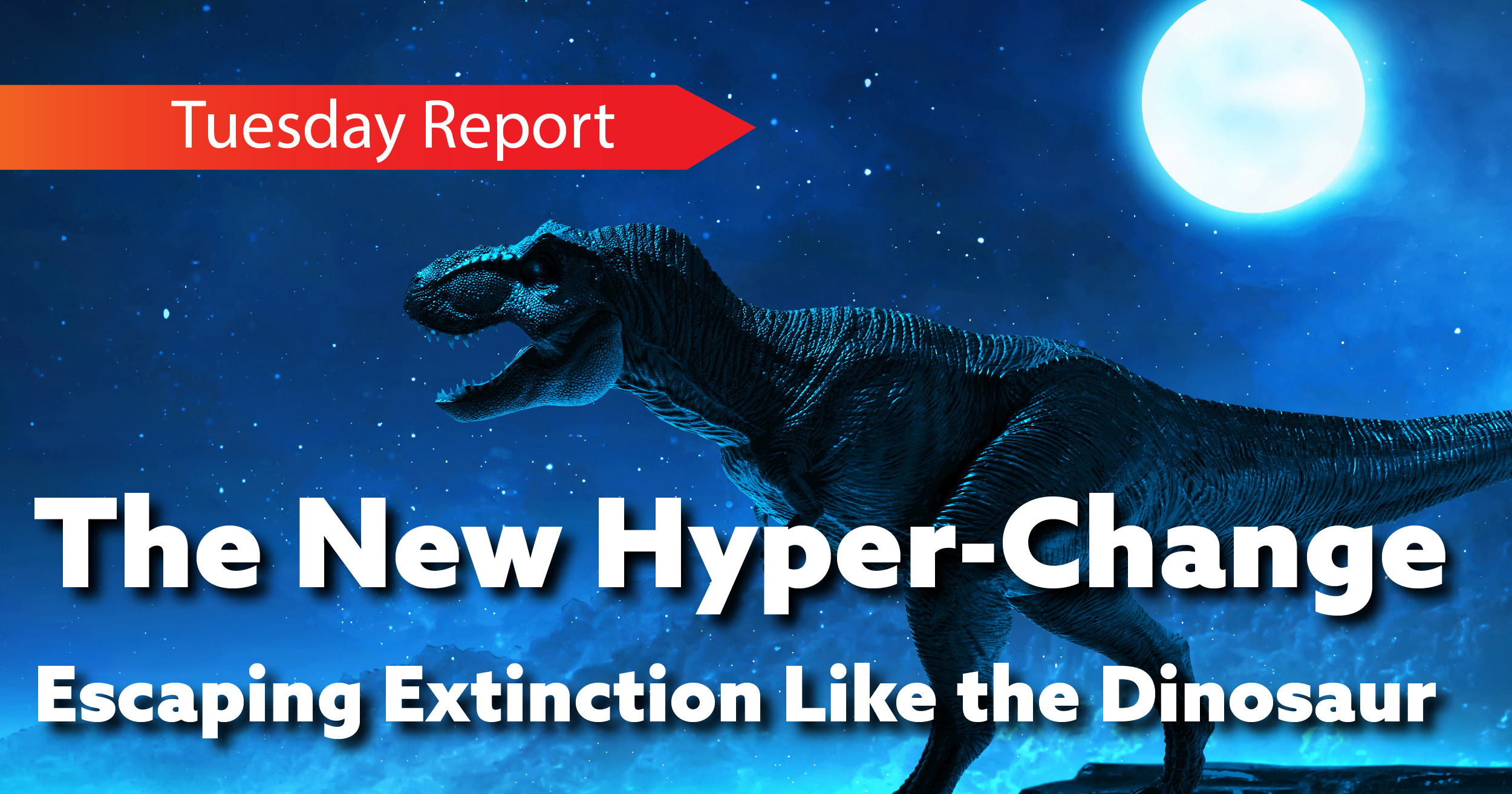How Organizations Today Can Achieve the Impossible
Alignment? —I don’t know if you’re like me, but I first learned the term getting the tires on my car rotated.
In actuality . . .
Alignment is the powerful force . . .
. . . that accomplishes the impossible. Alignment is more than a concept—
it’s an organizational force.
Alignment is rare in organizations even at the highest levels. When it exists, it creates a team mindset in a group of people who often hardly know each other and have little in common. It creates the energy and direction that inspires team members to engage every fiber of their being to achieve an outcome that is viscerally important to each one.
The organizations that achieve alignment will experience. . .
Alignment Based Growth (ABG)
Alignment Based Growth only happens in a very intentional environment. It requires the right leadership and an imperative that creates unified focus for the whole organization and—very important—it only happens through a process that creates alignment. Alignment requires a system where people connect with each other and create unified focus out of their individual goals, functions and teams….which is something that doesn’t happen by chance.
Most organizations are not aligned—they are loosely allied groups, working on projects and functions, creating progress reports and giving updates in meetings. That dynamic yields alliance (at best) but never true growth-creating alignment.
Organizations that embrace Alignment Based Growth are the new wave of organizations that achieve and thrive in the 21st Century.
These are some of the processes that changed organizations and made lasting impacts during the 20th century and are the foundation of Alignment Based Growth:
- Process Improvement revolutionized the manufacturing and delivery systems and formed the foundation of the global economy. It integrated technology into a world wide system.
- Total Quality Management focused us on the outcome for the customer.
- Reengineering looked at organization structure and workflows to create efficiency of process and procedure.
Rather than being fads from the past, each of these initiatives are imbedded in organizations today.
The next state in organizational success is
Alignment Based Growth
Alignment Based Growth creates the power in organizations to achieve the impossible though aligned leadership and teams that have a shared imperative. That imperative might be something like:
- Our products can improve the lives of everyone on the globe…we need to bring it to them all.
- Our supply chain solutions eliminate critical shortages…it’s imperative everyone in our market knows about it.
Our metrics and tools for creating alignment enables companies to achieve the imperative. It is as important to organizations as technology and online tools. Alignment is the key component in determining which organizations will dominate industries in revenues and market share.
Alignment Based Growth—
building on the Foundation of Process Improvent
Alignment Based Growth builds on process improvement because they both minimize wasted time, effort, and resources. This is how Alignment Based Growth works:
- Alignment Based Growth harnesses the power of will. Until you capture the will of employees to achieve your goals though alignment you will capture only a fraction of their abilities. Most surveys about employee engagement show that only about 30% of employees are fully engaged in their work. Another 30% are disengaged…they would rather be somewhere else doing something else. Engaging people power is the greatest potential differentiator you have in your organization. Would we ever invest in an IT system that worked a third of the time? And what if you never knew when? ABG creates engagement because it explains to each person how they and their role matter. It both creates and harnesses the power of engaged employees. It doesn’t ask employees if they are engaged, but determines what will engage them.
- Alignment Based Growth connects leaders to People. Leaders can’t lead an organization where there are different, competing visions and approaches. Alignment Based Growth integrates, creates direction and enables leaders to lead effectively.
- Alignment Based Growth creates the shortest distance between two points—where the organization is now and where it needs to be. In the ABG model, teams stay connected to the goals and personal connections, and to rewards. With ABG communications, drift in the team is minimized, because the goal is defined, the time of the sprint is calendared. Interactive skills are important to the team, and everyone knows there is an endpoint with outcomes achieved, rewards and celebrations. Whatever is going on, there is that “all-important end.”
- ABG defines how long? Fundamental to alignment is the length of time—what is the goal and how will we know when we have achieved it? How long will it take? It is based on success and significance. Alignment is best achieved in short-term sprints. Alignment, where the team is “all in,” connected with huge focus on the outcome, is intense. This period is carefully defined, along with outcomes and rewards.
- ABG Works on Personal Connection—future opportunity. As team members experience aligned project with a solid outcome, they develop connection and trust with each other. Other opportunities are created within their own organization or as different team members find new roles in new organizations. ABG develops a network of people who return to work again on other projects.
Organizations that practice Alignment Based Growth escape the syndrome of the underperforming teams, with outstanding individual players who never coalesce as a team. They achieve their goals, learn, grow, and develop together. Organizations are seeing the importance of ABG. The improvement in technology may be incremental, scaling is often tied to funding, but the people in our organizations who go through the process of Alignment Based Growth take advantage of the most accessible resource to achieve greater results—their aligned people.






